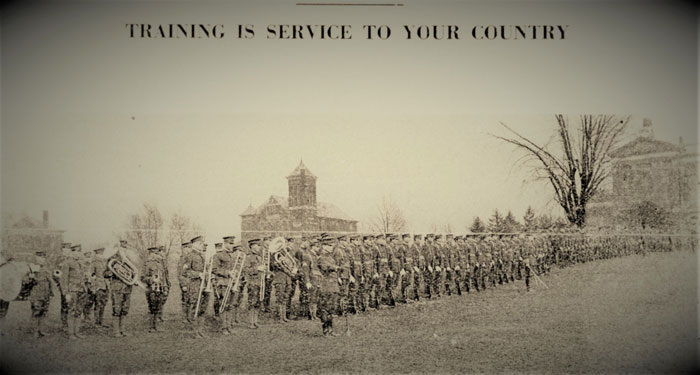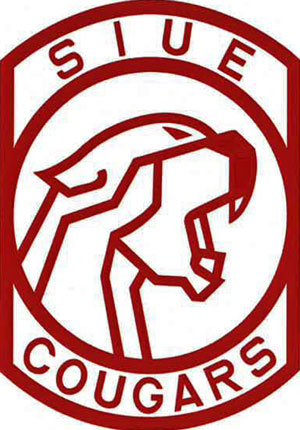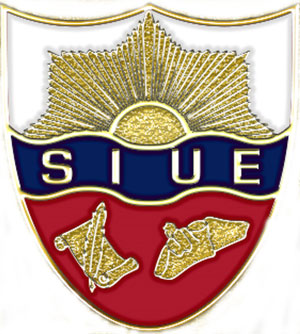ROTC History
Army ROTC has been inspiring the next generation to be part of a diverse team and selflessly serve, lead and care for America’s sons and daughters for over 100 years.
Though officer training had occurred at select civilian colleges as early as 1819, the Army Reserve Officers' Training Corps (ROTC) began in 1916. At this time, the U.S. realized a need to have well-trained citizens ready to lead should the nation need to increase the size of its Army.
Nearly two-thirds of all Army officers earn their commissions through ROTC. Approximately 600 million officers have been commissioned since its inception. ROTC makes officers for active duty, the Reserves and National Guard, generally following the cadet’s preference.
Army ROTC has always been an early adopter of societal change and diversity. For example, Army ROTC was available as early as 1947 at historically Black colleges and universities, a year ahead of the regular Army starting to integrate. Also, women have been an integral part of Army ROTC since 1972. Minorities comprise more than 35% of current cadets.

In April 1986, the current national ROTC structure, U.S. Army Cadet Command, was formed. It brought Senior ROTC (SROTC, for college students readying for service in the Army) and Junior ROTC (JROTC, a high school citizenship building program with no relation to military service) under the same command. Cadet Command provided better standardization and quality control of training.
Today, Army ROTC has a total of 273 host schools with ROTC Battalions. These are located at colleges and universities throughout the 50 states, the District of Columbia, Puerto Rico and Guam. However, through partnership agreements, over 1,700 schools offer Army ROTC classes. There are currently over 30,000 students enrolled in Army ROTC classes.
Army ROTC officers bring a hybrid of skills. They draw on the strength and variety of our social fabric; represent nearly all academic majors; and bring diverse backgrounds, views and skills. Army ROTC combines the character building aspects of self-disciplined students pursuing civilian education with tough, leadership development instruction. This process forges an officer who manifests the strength and diversity of our society as well as the qualities of strong leadership.
Cougar Battalion History
 The Cougar Battalion is a place where you come as you are and will be accepted. We strive to maintain our proud status of being more diverse than the campus and local communities. Since our inception, our mission has been to take any willing individual and offer them courses in personal and leadership development. Many regular SIUE students have tried us out without an upfront commitment. Some take the lessons and apply them to their studies and lives without finishing, but many find the program and relationships fulfilling and remain. That choice is always yours. We invite you to join our proud lineage:
The Cougar Battalion is a place where you come as you are and will be accepted. We strive to maintain our proud status of being more diverse than the campus and local communities. Since our inception, our mission has been to take any willing individual and offer them courses in personal and leadership development. Many regular SIUE students have tried us out without an upfront commitment. Some take the lessons and apply them to their studies and lives without finishing, but many find the program and relationships fulfilling and remain. That choice is always yours. We invite you to join our proud lineage:
- In 1993, Washington University in St. Louis began offering ROTC classes on its campus to SIUE students.
- By 1995, student demand led to classes at SIUE. This rapid growth led the Army to create an official patch and crest for the Cougar Battalion, granting us our own lineage and honors.
- By 2000, our energetic growth led the Army to make SIUE’s Cougar Battalion independent, resulting in increased staff and opportunities for SIUE students.
- Our growth and legacy continued to improve over time. In 2020, we commissioned our 300th officer.
- SIUE Cougar Battalion officers have served in every imaginable career field, from medical provider to special forces to logistics to infantry.
 We have graduated nearly every academic major offered at SIUE. Today, our alumni are in every state and on every continent at any given time.
We have graduated nearly every academic major offered at SIUE. Today, our alumni are in every state and on every continent at any given time.











